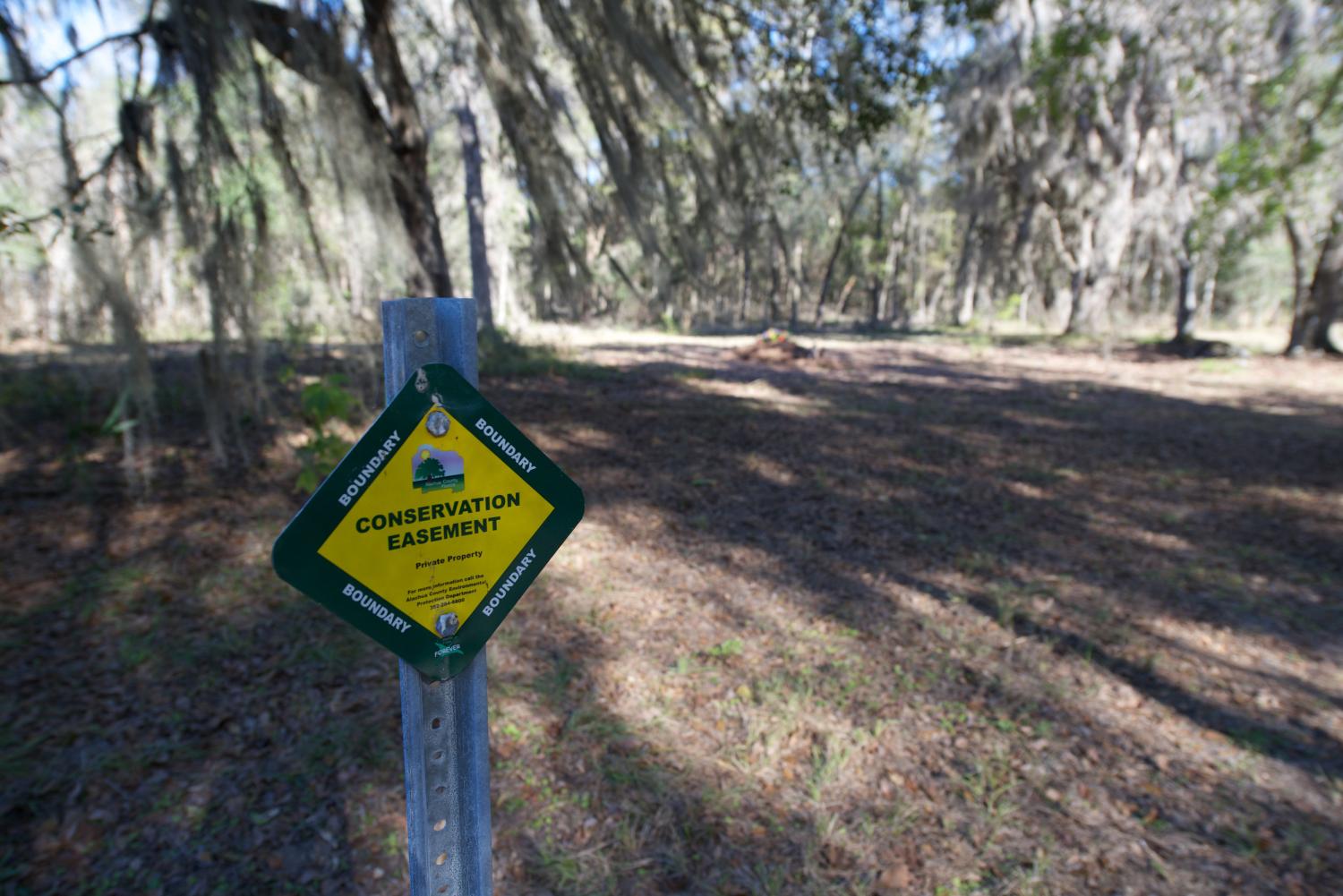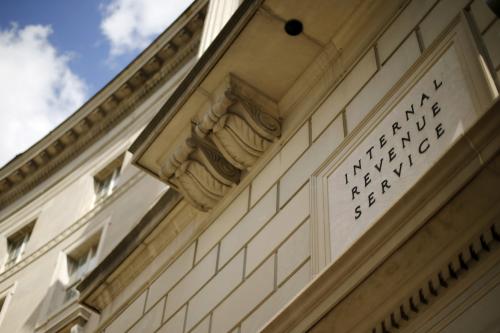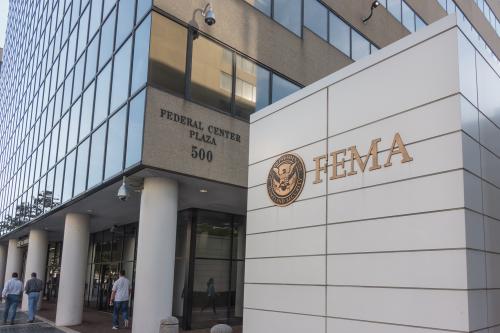In December 2017, the author of this paper released an updated analysis that estimates total deductions for conservation easements in 2015 and 2016. You can read the updated estimates here.
Abuse of a tax deduction intended to encourage conservation of environmentally important land and historic buildings has cheated the government out of billions of dollars of revenue while often doing little to advance environmental protection.
In a new Urban-Brookings Tax Policy Center analysis (PDF) of the provision and its misuse by taxpayers and real estate developers, Brookings Senior Fellow Adam Looney reveals a recent surge in abusive transactions. Total deductions for conservation easement contributions by taxpayers tripled between 2012 and 2014—rising from $971 million in 2012 to $1.1 billion in 2013 to $3.2 billion in 2014.
Created 40 years ago, the provision allows property owners to take a charitable deduction for donating qualified conservation easements—legal agreements that permanently limit the development or use of a property—to a charitable organization.
But some donors are abusing the provision by applying grossly inflated appraisals to the value of the easement to increase their charitable deduction or by taking donations for easements that do not fulfill bona fide conservation purposes. Some real estate developers exploit these vulnerabilities by selling the rights to claim charitable deductions to investors and using the proceeds to finance development, which costs taxpayers hundreds of millions of dollars per year and undermines the program’s conservation goals.
Looney’s analysis reveals four noteworthy trends:
- Donations are concentrated in transactions that seem unrelated to conservation benefits.
The dollar value of donations of conservation easements is highly concentrated in certain types of transactions, in certain geographic areas, and in a handful of donee organizations.Between 2010 and 2012, about 36 percent of all deductions nationwide for donations of conservation easements were taken by taxpayers in Georgia. According to the Land Trust Alliance, Georgia has 1.5 percent of conserved land. Connecticut, which is smaller in size than all but two states, ranked third in easement deductions. It had 7 percent of all conservation-easement deductions, but only 0.4 percent of the acres under easement because land in the wealthiest parts of that state is so pricey.

- A small handful of donee organizations are responsible for a disproportionate share of donations.
Between 2010 and 2012, 25 organizations (of about 1,700 land trusts nationwide) received about half of all donations of easements, measured in dollar value. A few of these are large, nationally-recognized organizations whose conservation efforts are transparently documented and communicated in their public filings. Many, however, are small organizations with few employees and scarce management or enforcement resources. And most do not report receiving gifts of easements or do not report the value of the easements they receive in public filings.
- Most organizations that receive donations of easements do not report them as gifts or revenues on their public tax returns.
The tax returns of charitable and tax exempt organizations are public to provide information about the activities of the charitable sector, to provide transparency and accountability, and to help reduce any abuse of tax-exempt status.
But many of the organizations that manage hundreds of millions of dollars in conservation-easement donations each year cannot be identified in public records because they do not disclose the value of gifts of easements on their tax returns.Often, they report the value of easement donations at zero. Were these organizations to include these easement donations at appraised value (as they would if they received gifts of cash or marketable securities), several organizations that currently appear to be small organizations would rank among the nation’s 100 largest non-hospital, non-university charitable organizations.
- Donations of ‘partial interests’ are difficult to administer.
Generally, there is no charitable deduction allowed for contributions of partial interests in property, but an exception to this rule is provided in the case of a “qualified conservation contributions,” including a contribution of a conservation easement to a “qualified organization.”The difficulty in administering this provision—and its vulnerability to abuse—arises in part because of the unusual nature of donations of conservation easements. The tax law allows a deduction for the fair market value of a qualified conservation contribution. Appraising the value of the partial interest (separately from the remaining interest), which is necessary for determining the taxpayer’s deduction, has proved contentious and is the source of much of the litigation between taxpayers and the IRS.
What can be done?
Abuse of the conservation easement deduction reduces tax revenue, raises the appearance of unfairness and inequity in the tax system, hinders conservation goals, and causes a disproportionate amount of IRS enforcement and taxpayer burden. Beyond the cases of abuse, a key policy question is whether this tax expenditure represents a good return on the scarce dollars the federal government uses to subsidize.
For more on policy changes that could reduce the incidence of abuse, reduce (or re-direct) the tax expenditure, improve transparency and accountability, and improve the conservation value achieved with the tax benefit, download the full paper (PDF).




